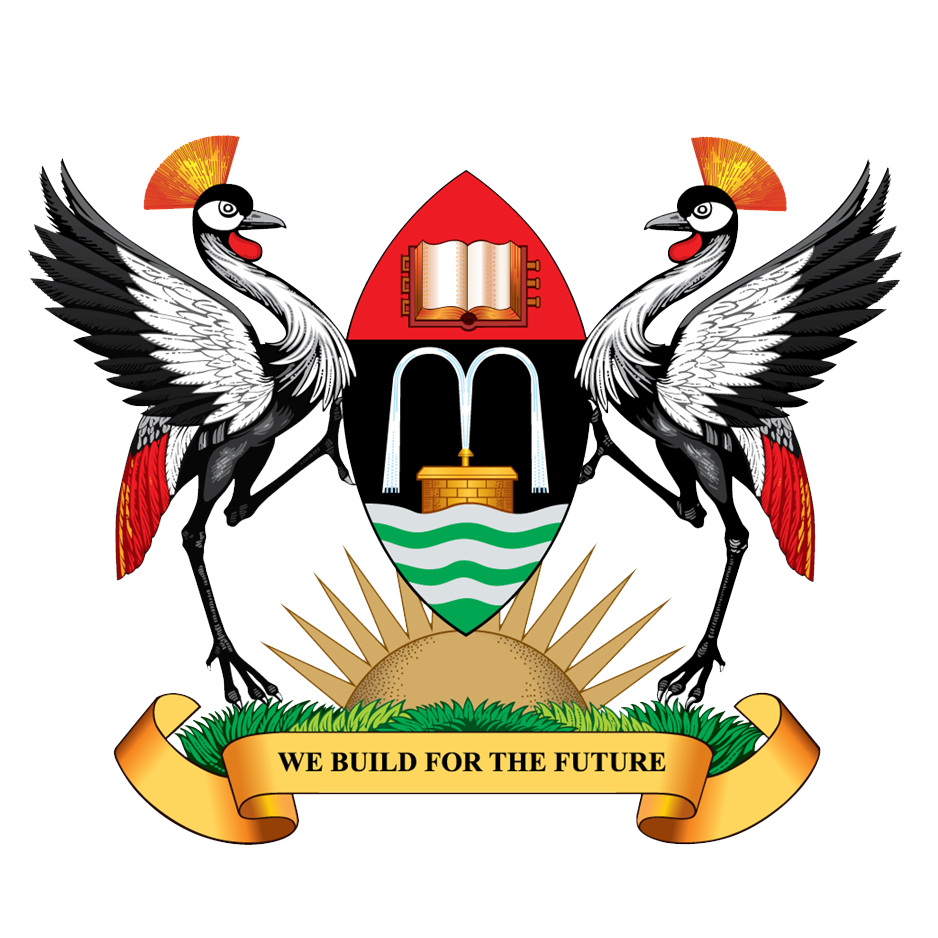pr.cns@mak.ac.ug
Makerere Researchers Call for Urgent Conservation of Medicinal Plants in Eastern Uganda
Researchers from the Department of Plant Sciences, Microbiology, and Biotechnology at the College of Natural Sciences (CoNAS), Makerere University have highlighted the urgent need to conserve medicinal plants in the face of increasing threats from climate change, overharvesting, and habitat destruction.
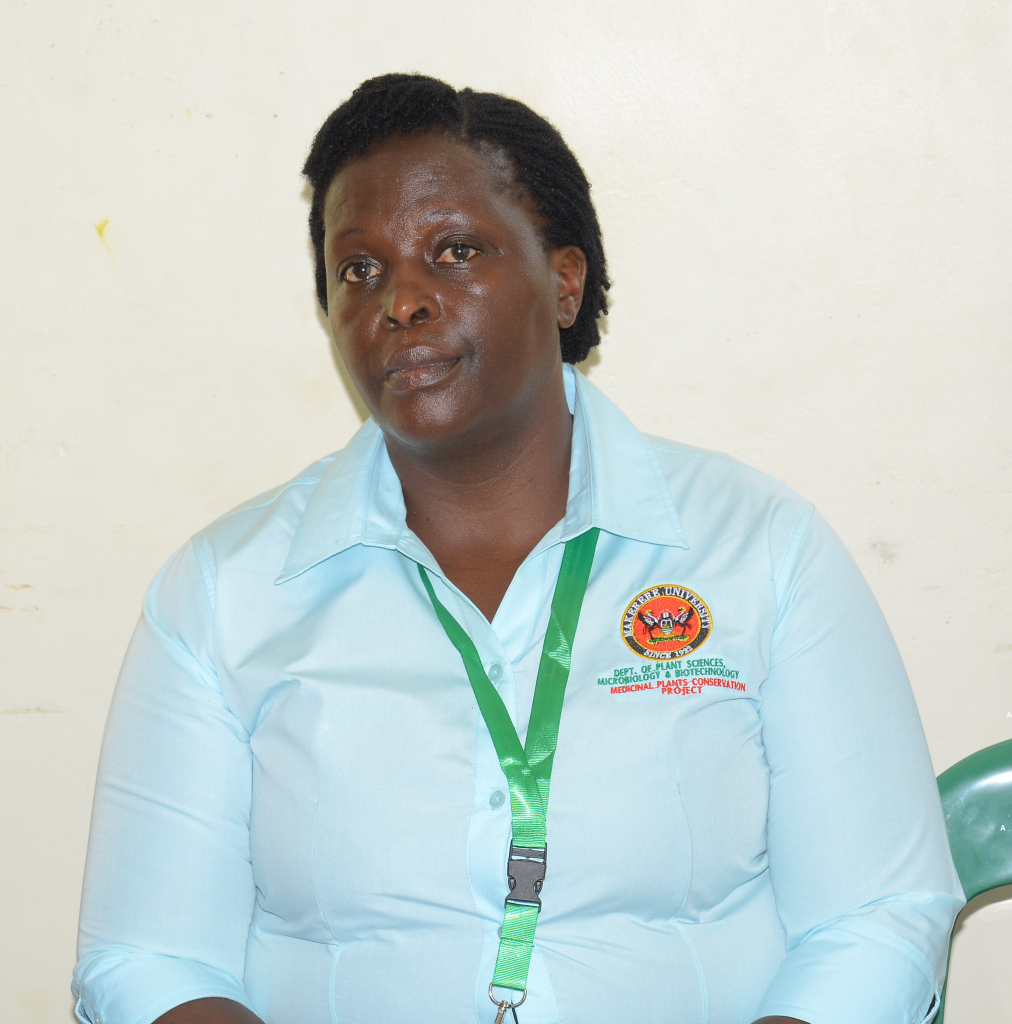
Despite Namutumba District’s rich diversity of medicinal plants, conservation efforts are limited, and several species are already classified as globally and nationally threatened. This highlights the urgent need for focused conservation strategies to safeguard these vulnerable medicinal plants.
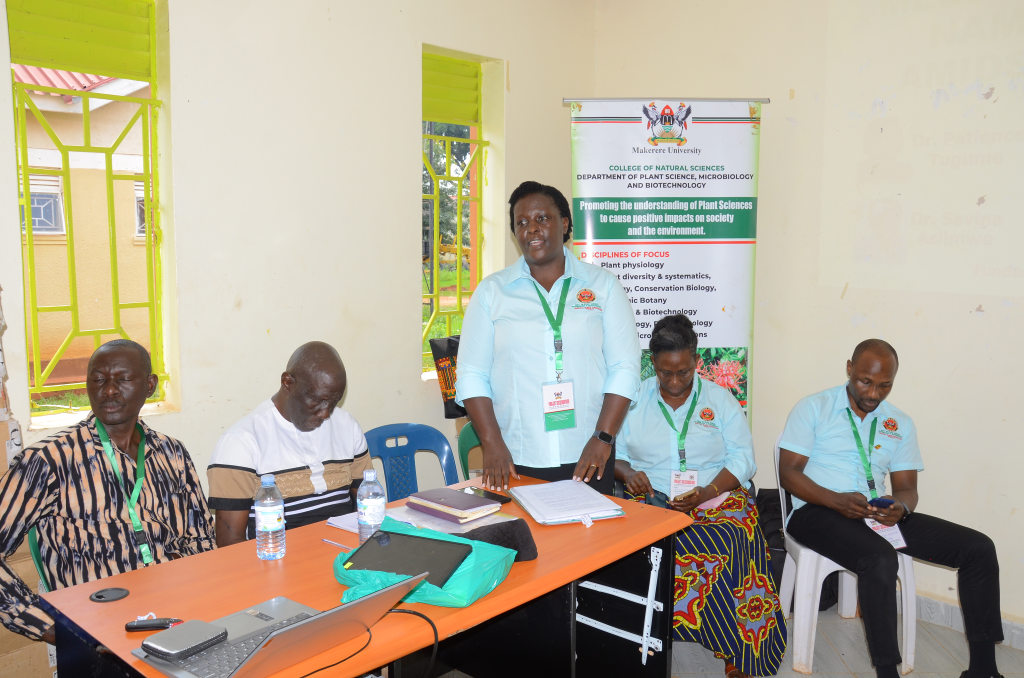
Under a project titled “Knowledge, Attitudes, and Conservation of Commonly Traded Medicinal Plants in a Climate-Changing Environment in Eastern Uganda,” a team of researchers led by Dr Patience Tugume documented 174 medicinal plant species. The goal was to assess the existential threats facing these plants due to unsustainable harvesting practices and the lack of effective conservation measures. These species are widely used to treat various health conditions, including malaria, syphilis, diabetes, hypertension, and certain cancers. The findings of the study are intended to guide the development of species-specific, evidence-based interventions to curb possible extinction and loss of medicinal plant resources. The research revealed troubling trends in the availability of key medicinal plants, including:
- The herbalists mostly collected their medicinal plants from bushlands (92.0%), markets (82.3%) and wetlands (74.7%) and were rarely cultivated. This is of great concern regarding the conservation and future availability of these resources.
- It was noted that 36% of the herbal products were made from roots, which presents a conservation threat since the heavy utilization of roots affects the regeneration of the medicinal plants.
- Common plants used were: Kigelia africana (Naibere), Erythrina abyssinica (Ekiyirikiti) and Geranium sauveolens (Lokowe). Kigelia africana was the most cited species by the herbalists, indicating heavy utilization and a high conservation threat if deliberate measures are not taken to ensure its future availability.
- Almost all respondents (289, 96.3%) acknowledged a considerable decline in the availability of 13 medicinal plants species including Aloe wollastonii (Ekigagi), Commiphora africana (Nkulidho), Myrica kandtiana (Mukikimbo) and Acacia sieberiana (Mufundawuzi).
- Four plant species i.e. Tamarindus indica (Enkoge), Warburgia ugandensis (Balwegira), Mitragyna rubrastipulata (Mutamatama) and Mondia whitei (Mulondo) appear on the Red List of Globally and Nationally Threatened Species and were mentioned among the plants whose population has greatly declined.
- The causes of decline in availability of medicinal plants included climate change, overharvesting, agricultural expansion, habitat destruction, land use change and inadequate regulations.
- There were no medicinal plant conservation efforts by herbalists.
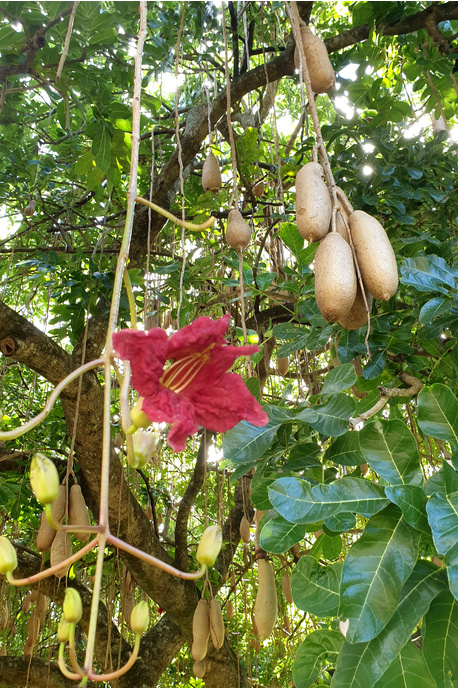
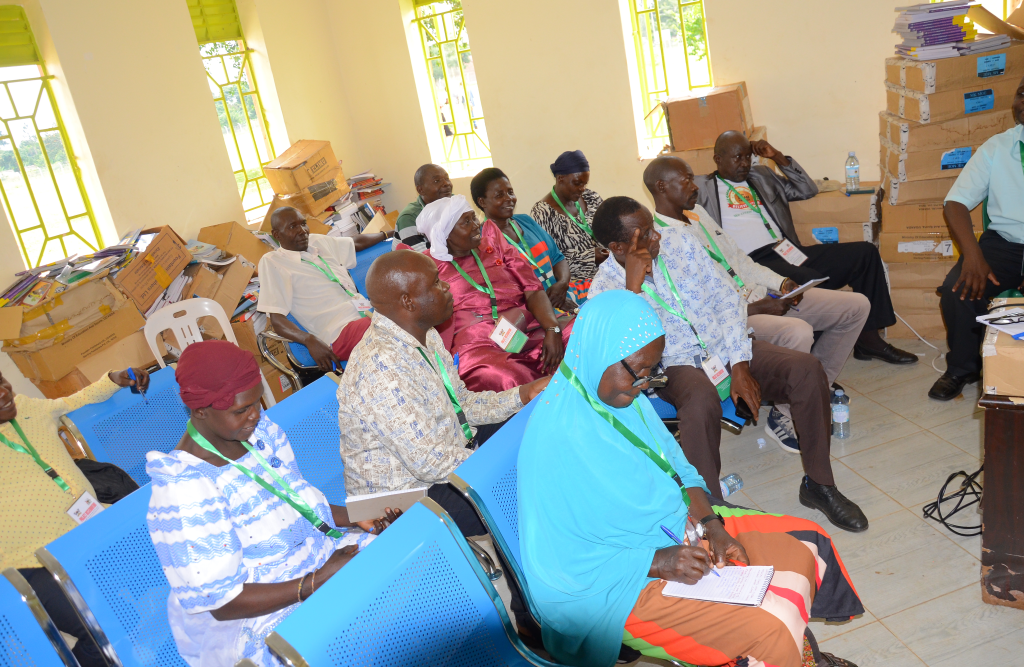
The study recommended the following practices to ensure conservation of the medicinal plants:
- Promote the use of sustainable harvesting techniques to ensure conservation of medicinal plants.
- Conduct capacity building for stakeholders in the medicinal plants sector on conservation, value addition and standardization.
- Establish community botanical gardens raw plant collection and sensitization programmes.
- Advocate for agroforestry among herbalists to reduce the dependence on natural habitats.
- Develop and enforce regulations on accessing natural areas for medicinal plants.
- Promote conservation awareness campaigns.
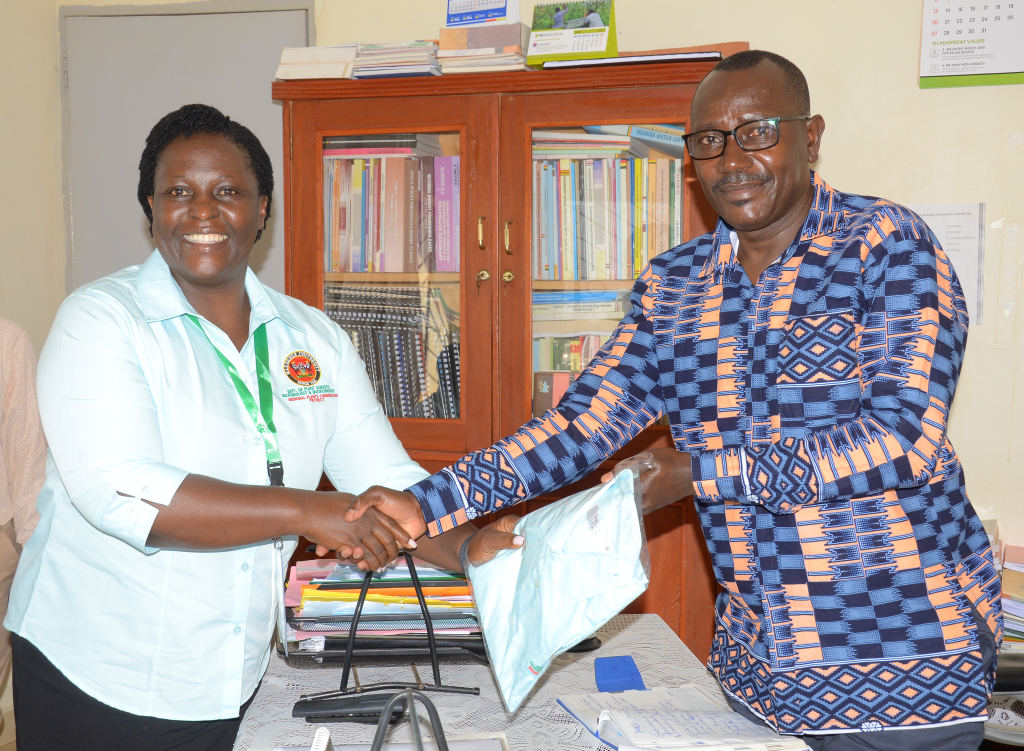
Research Dissemination in Namutumba District
At the research dissemination workshop held in Namutumba District on 23rd July 2025, and attended by district leaders, researchers, and local herbalists, the project team led by Dr Patience Tugume expressed hope that the insights gained from the project, particularly in medicinal plants conservation approaches, will be invaluable for minimising the decline in medicinal plants.
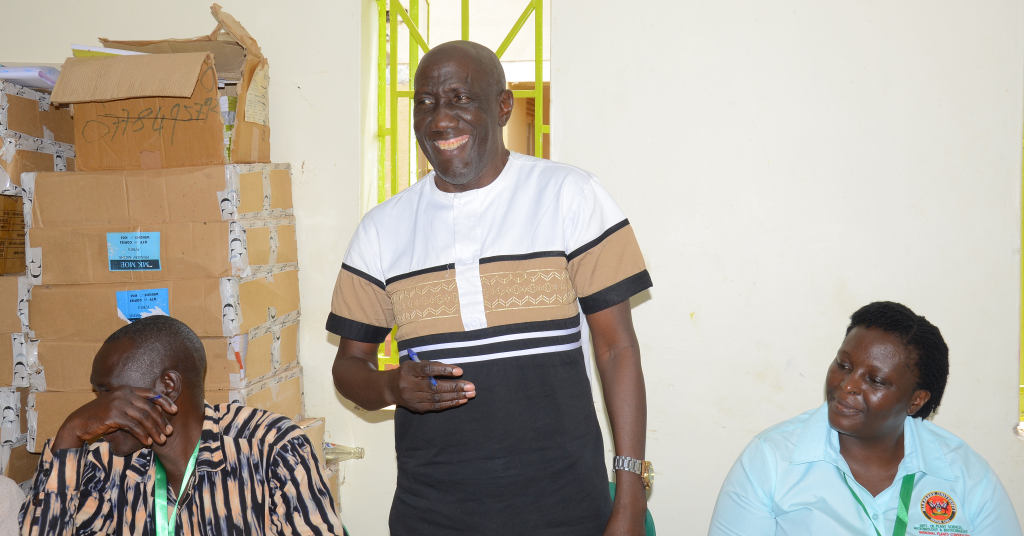
In her remarks, Dr Tugume, thanked the Government of Uganda through the Makerere University Research and Innovations Fund (MakRIF) for funding the project. She expressed gratitude to the research team composed of Dr Abubakar Sadik Mustafa, Dr Jamilu E. Ssenku, Dr Savina Asiimwe, and Dr Abdul Walusansa who have worked with her closely from project inception in February 2024. She further thanked the research assistants and all respondents, mainly the herbalists that participated in the study.
In a special way, she appreciated Mr. Fred Aggrey Bangu (Resident District Commissioner), Mr. Ofwono Emmanuel (Chief Administrative Officer), Mr. Kiire Noah (Communication Officer), Mr. Mugunywa Enock (District Community Development Officer), Mr. Kirya Moses (District Environmental Officer), Mr. Bamusubire William (District Forest Officer) and the leaders of herbalist associations for providing support throughout the study and sparing time to attend the dissemination workshop.
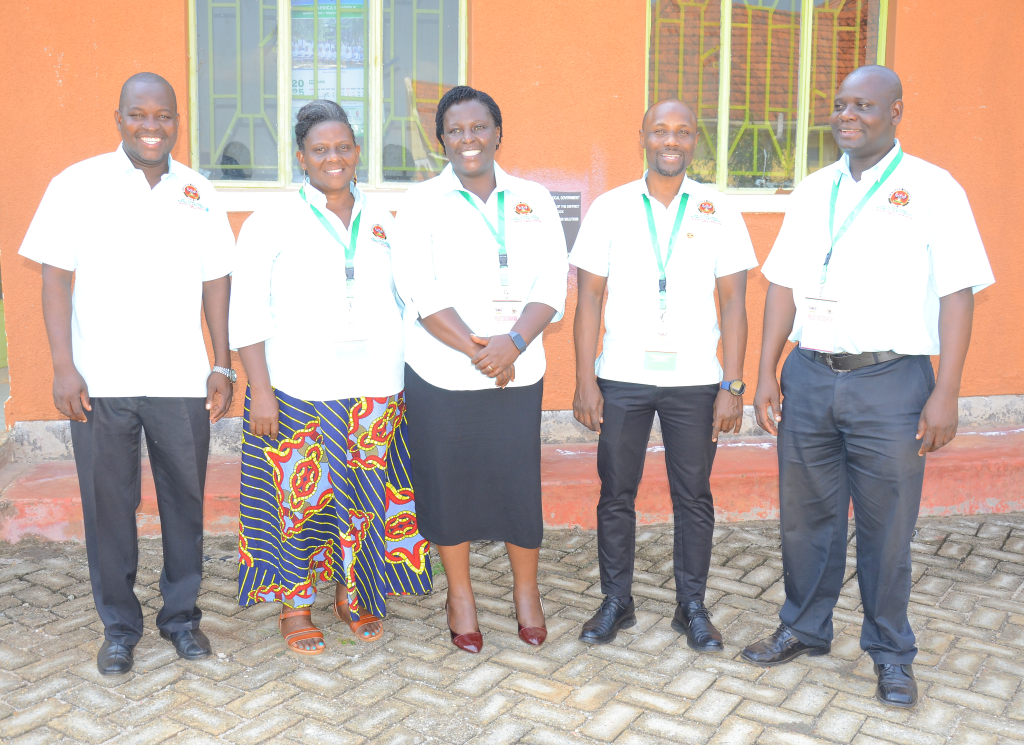
Addressing the participants, the Resident District Commissioner, Mr. Fred Aggrey Bangu urged all stakeholders to engage in a collaborative discussion on how the study findings can be translated into practical solutions to promote sustainable use and conservation of commonly used medicinal plants in Namutumba District amidst adverse effects of climate change.
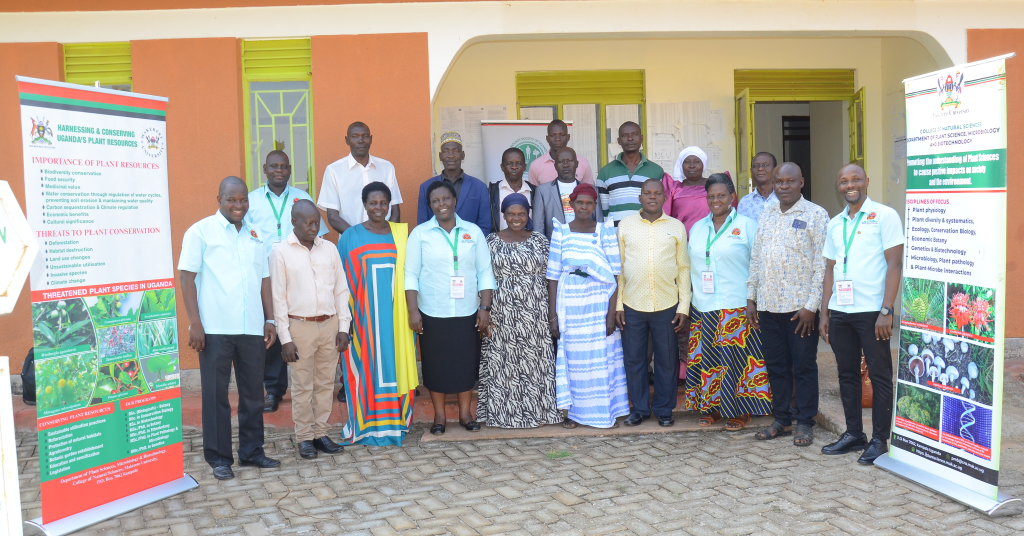
Mr. Ofwono Emmanuel, the Chief Administrative Officer, praised the Makerere research team for selecting Namutumba as the study area. He said the research served as an eye-opener to the district officials and community, especially regarding the pressure exerted on natural medicinal resources.
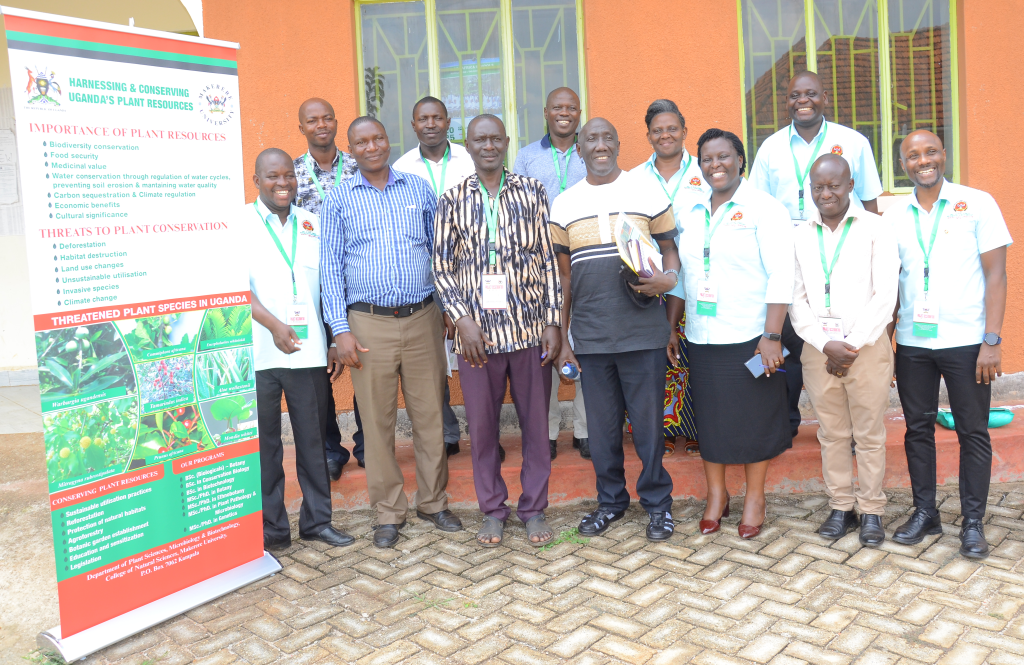
Report compiled by Dr Patience Tugume and Dr Abubakar Sadik Mustafa – Department of Plant Sciences, Microbiology and Biotechnology, CoNAS, Makerere University

